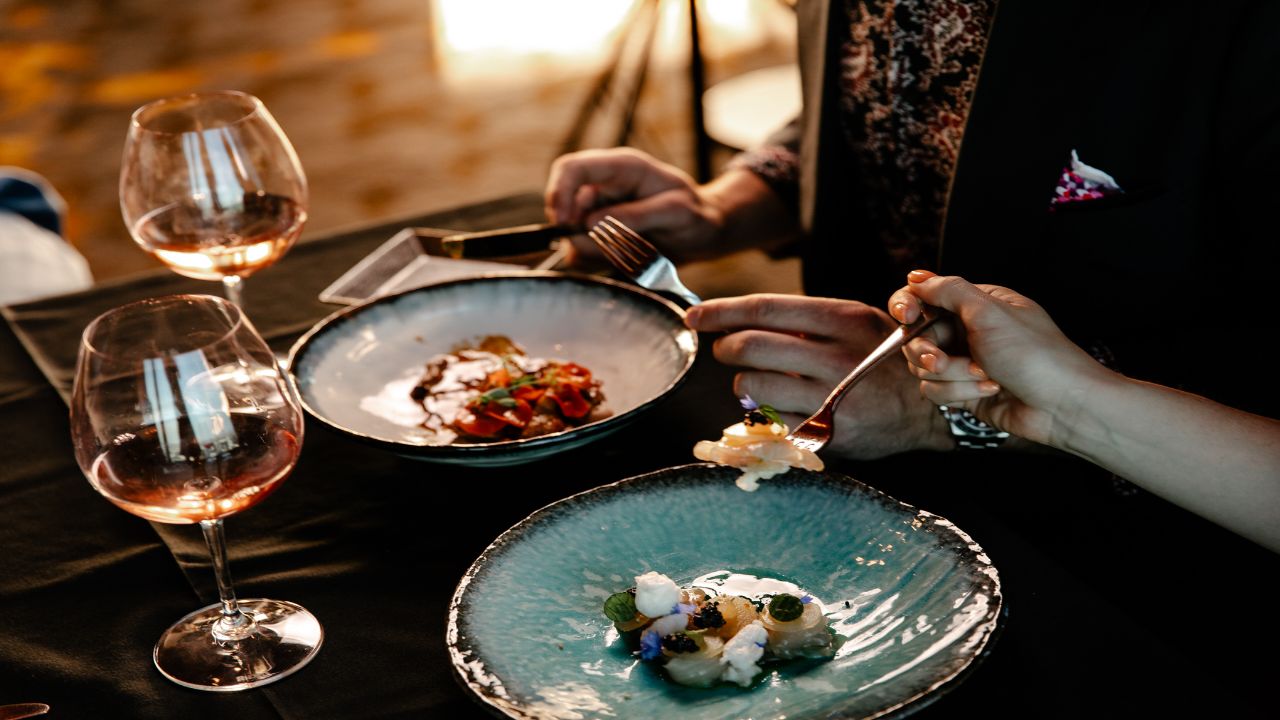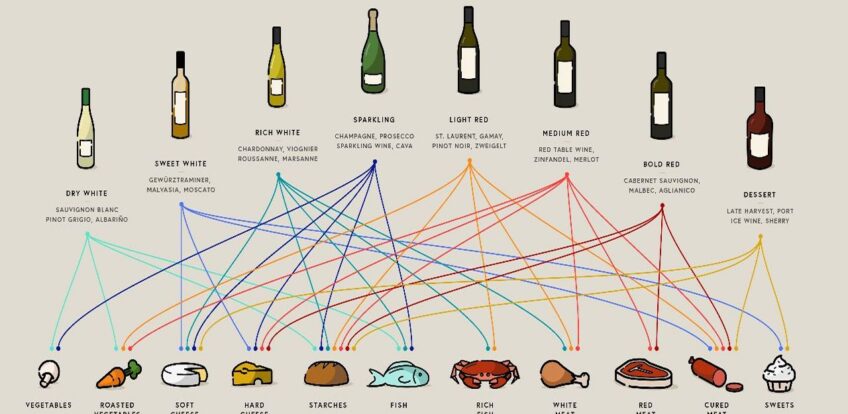Wine Pairing Tips for Beginners
Wine pairing can seem like a complex and intimidating task, but it doesn’t have to be. With a few simple guidelines and a bit of experimentation, anyone can learn to enhance their dining experience by matching wines with their meals. In this article, we will explore some essential wine pairing tips for beginners that will help you navigate the world of flavors and find the perfect wine to complement your dishes.
Understanding the Basics
Before delving into specific pairings, it’s important to grasp some fundamental concepts about wine and food interactions. Here’s what you need to know:

Taste Profiles
– Different wines have varying taste profiles. Some are dry, while others are sweet; some are light, while others are full-bodied. Understanding these characteristics is crucial for successful pairings.
Balance
– The key to a successful wine pairing is achieving balance. The wine should complement and enhance the flavors of the dish, rather than overpowering them or being overpowered.
Acidity and Tannins
– Consider the acidity and tannin levels in both the wine and the food. High-acidity wines can cut through fatty or rich dishes, while tannic wines can go well with foods that have a bit of bitterness.
Regional Pairings
– Many traditional pairings have developed in various wine-producing regions. Exploring these pairings can be a fun and educational journey.
Fine Dining and Beyond

As you become more comfortable with wine pairing, you may find yourself in situations where you want to elevate your dining experience. While wine pairing tips are essential, it’s also worth noting that pairing wine with exotic or luxury foods can be an extraordinary experience. If you ever get the chance, to get the finest caviar consider pairing wine with delicacies like caviar to enhance the overall taste sensation. The subtle, briny notes of caviar can be wonderfully complemented by a crisp and chilled Champagne or a dry white wine like Chardonnay.
Pairing Tips
Now that you have a grasp of the basics, let’s dive into some practical tips for wine pairing:
1. Match Intensity
– Light wines (e.g., Sauvignon Blanc) go well with lighter dishes like salads and seafood, while full-bodied wines (e.g., Cabernet Sauvignon) are better suited for heartier meals like steaks and stews.
2. Consider the Sauce
– Focus on the dominant flavor in a dish’s sauce. For example, a creamy sauce pairs well with a rich Chardonnay, while a tomato-based sauce calls for a red wine like Merlot or Sangiovese.
3. Balance Sweet and Spicy
– Spicy dishes are complemented by slightly sweet wines like Riesling or Gewürztraminer, which help cool the heat.
4. Think about Texture
– The wine’s texture should match the food’s texture. Light wines for delicate dishes and heavier wines for more substantial fare.
5. Regional Pairings
– Exploring regional pairings can be a delightful adventure. For instance, try Italian Chianti with tomato-based pasta dishes or French Bordeaux with classic beef dishes.
6. Experiment
– Don’t be afraid to experiment. Taste is subjective, so trust your palate and try different pairings to discover what you enjoy most.
In conclusion, wine pairing need not be intimidating. Start with the basics, consider the flavors, and don’t hesitate to experiment. Wine pairing is a delightful journey of discovery, and with these tips in mind, you’ll be well on your way to enhancing your dining experiences and savoring the world of wine. So raise your glass, explore new flavors, and enjoy the wonderful world of wine pairing!
